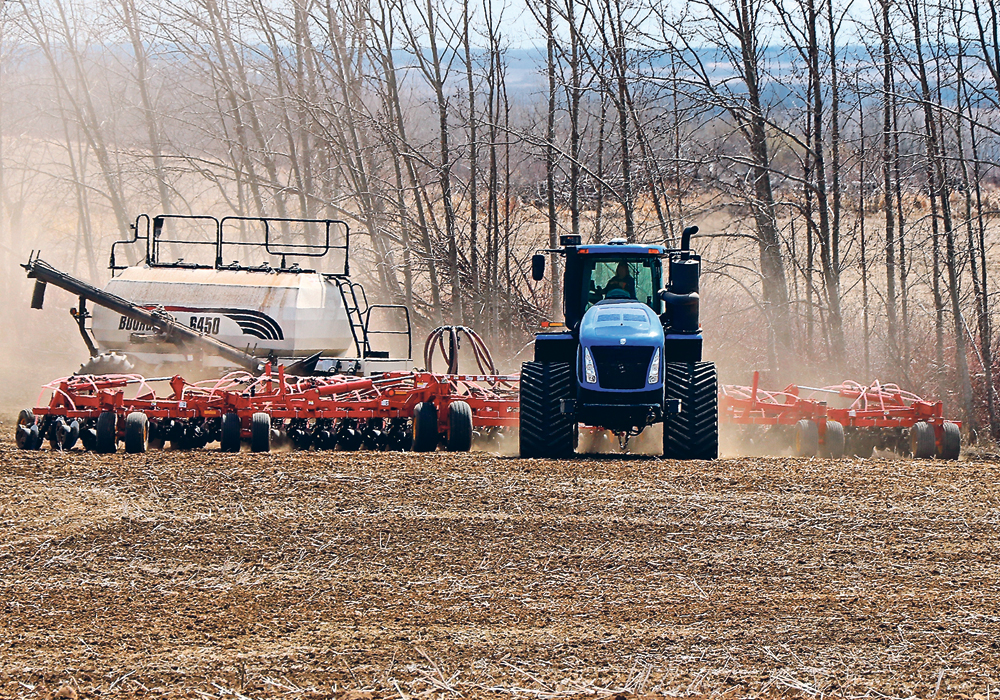Prairies farmers and farms have a great deal of variability. That includes about which tools and techniques are best suited for their operations. Soil analysis and application too fall into this approach.
Saskatoon area agrologist Paul Tastad runs Northland Agronomy and is the general manager of a Western Ag agronomy operation.
“We promote and use plant root simulators in developing fertility recommendations. We also send our clients to Croptimistic for SWAT VR mapping if that’s appropriate,” he said in an interview last week.
“We do not agree with all the statements shared in the recent Western Producer article “Just say no to variable rate fertilizer”. We feel there is a time and a place for VR. SWAT maps are a great option when a field qualifies for a variable rate prescription,” said Tastad.
Read Also

Europe holds promise for Canadian lentils
Pulse Canada is trying to help boost lentil consumption in Europe, which is already the fourth largest market.
“Our group of independent agronomists think crop nutrition rate selection, the application of that rate and the areas its applied are independent but overlapping decisions. The right rate selection will depend on three things: Sample the right areas in the overall landscape; ability of a soil test to detect meaningful difference; the ability to predict meaningful response to applied fertilizer.”
He said no one approach works for all farms and farmers.
“The areas where the VR application is made depends on variability between fields or sub zones within a field. Decision making for the client becomes an ongoing discussion of rate and target area.
















